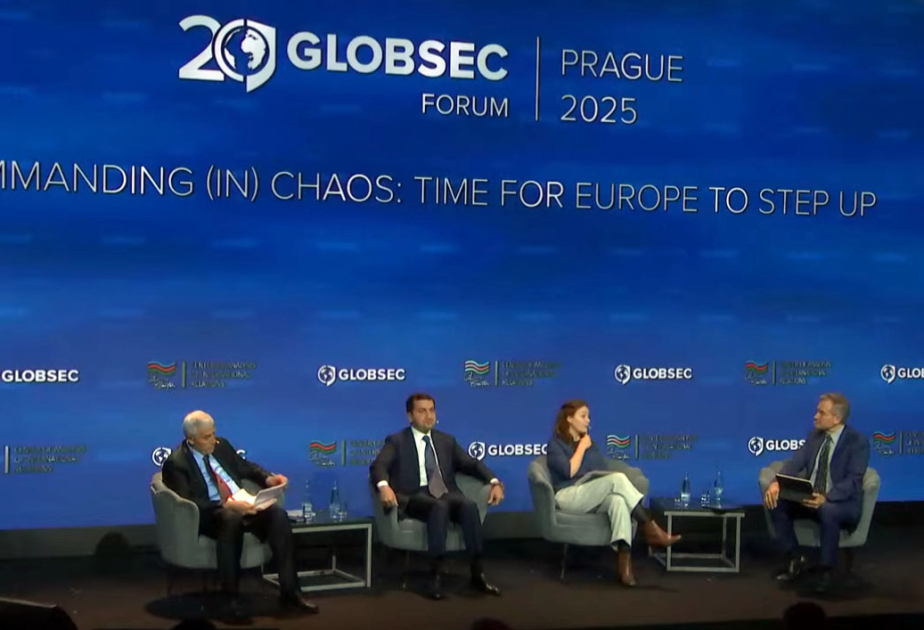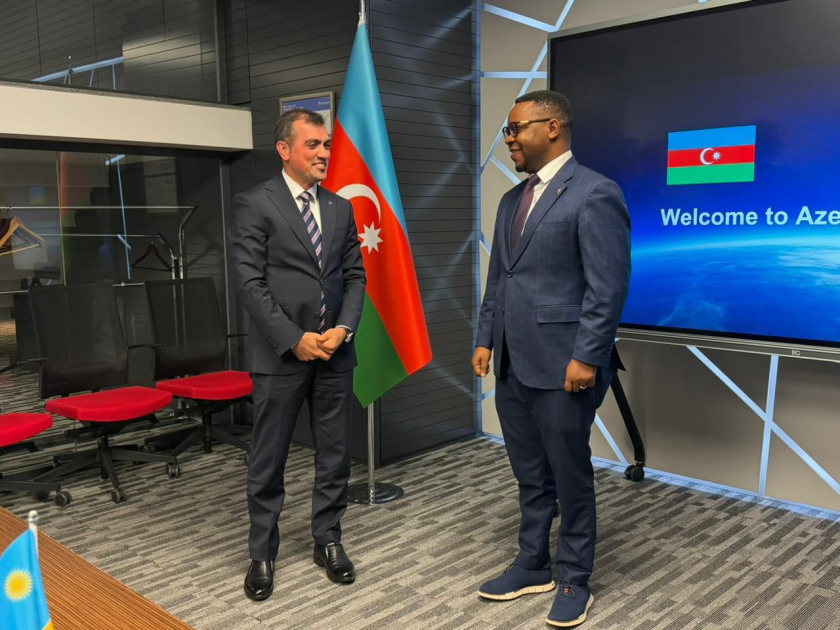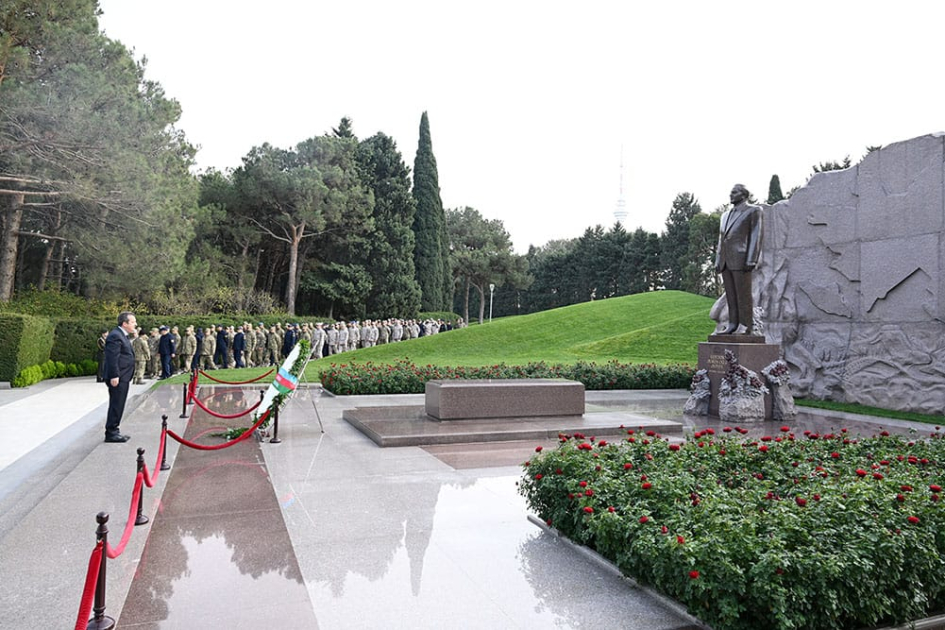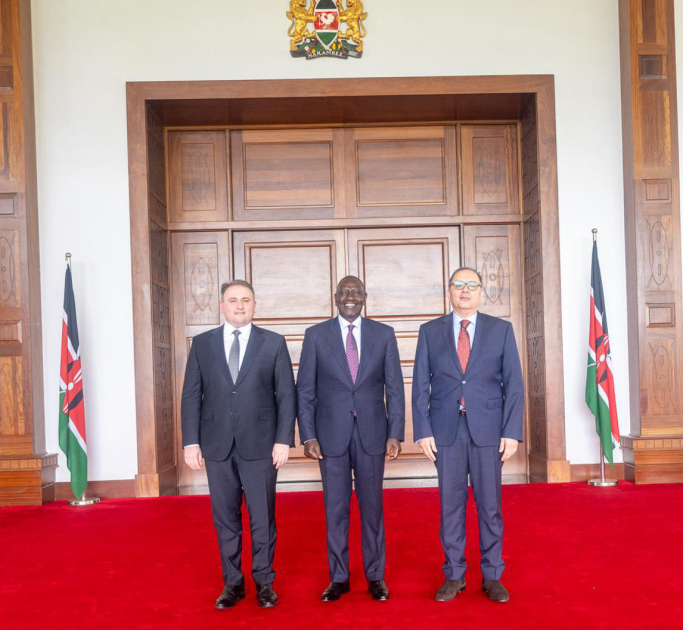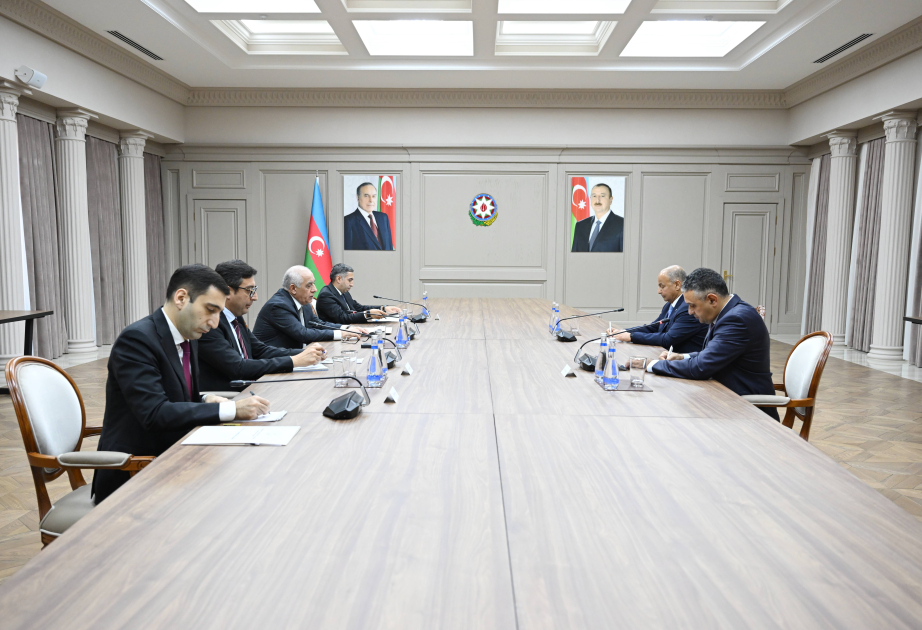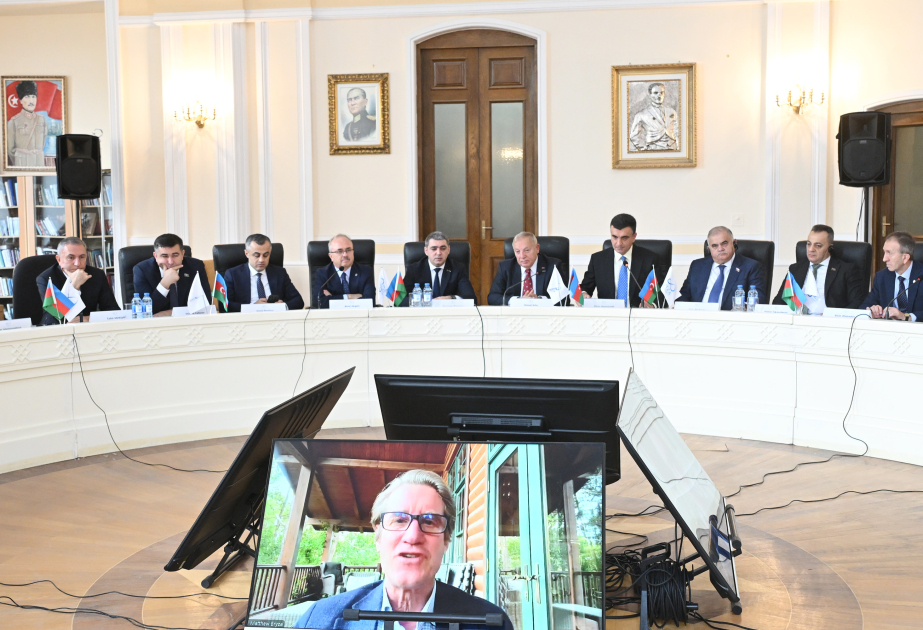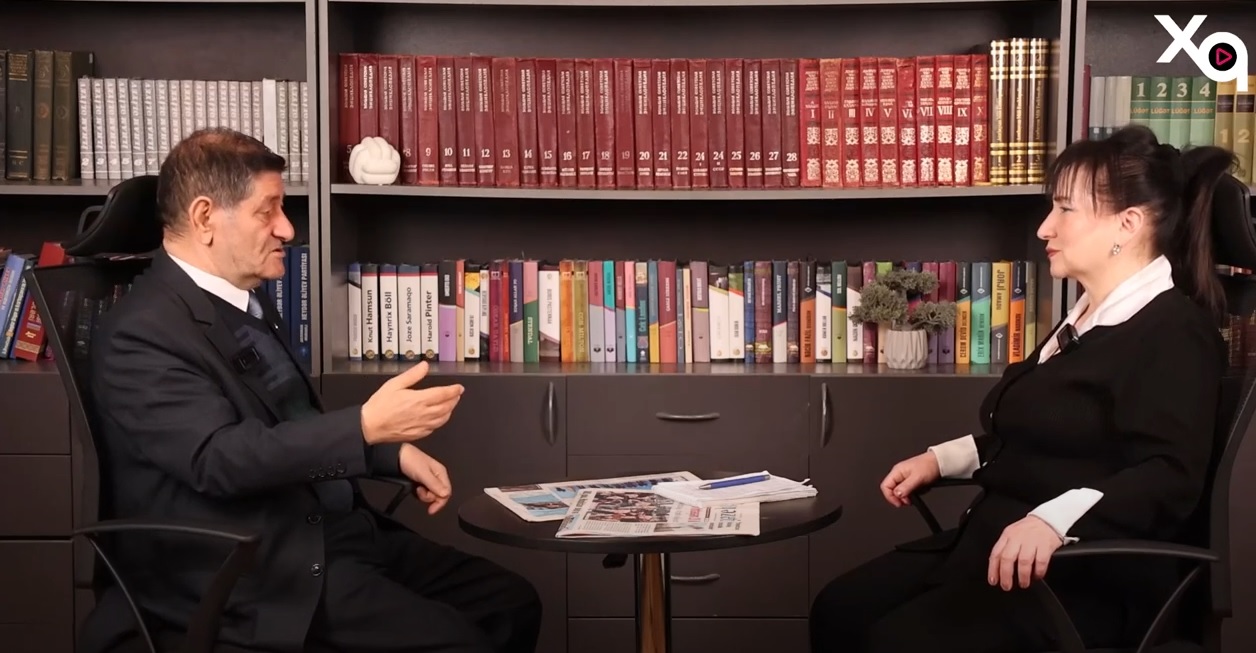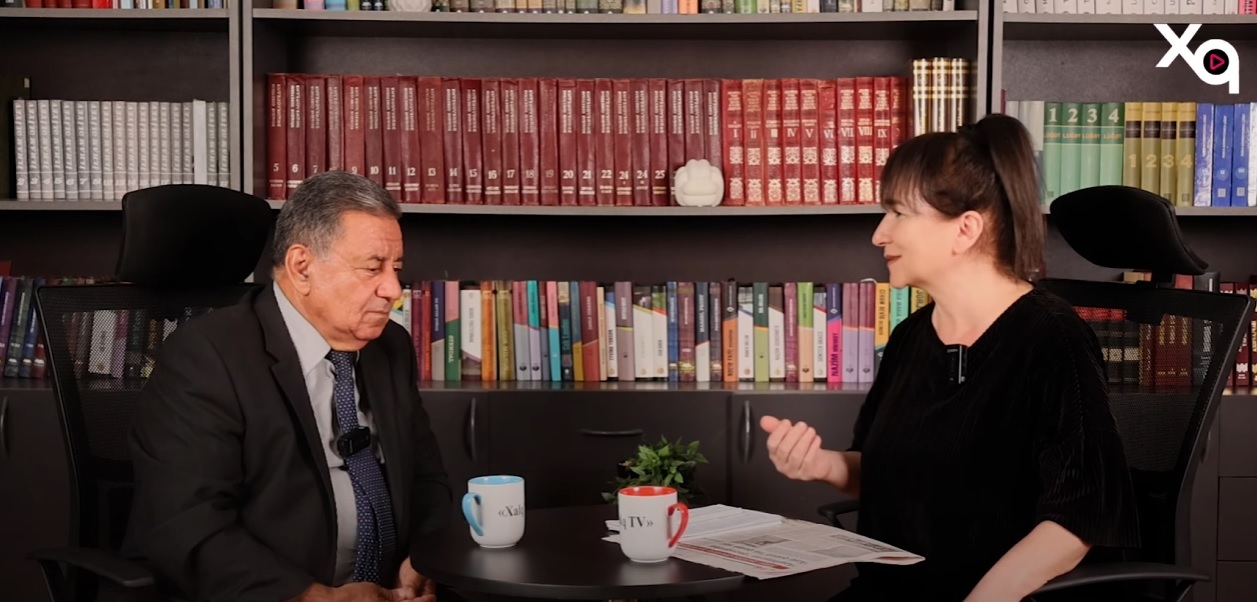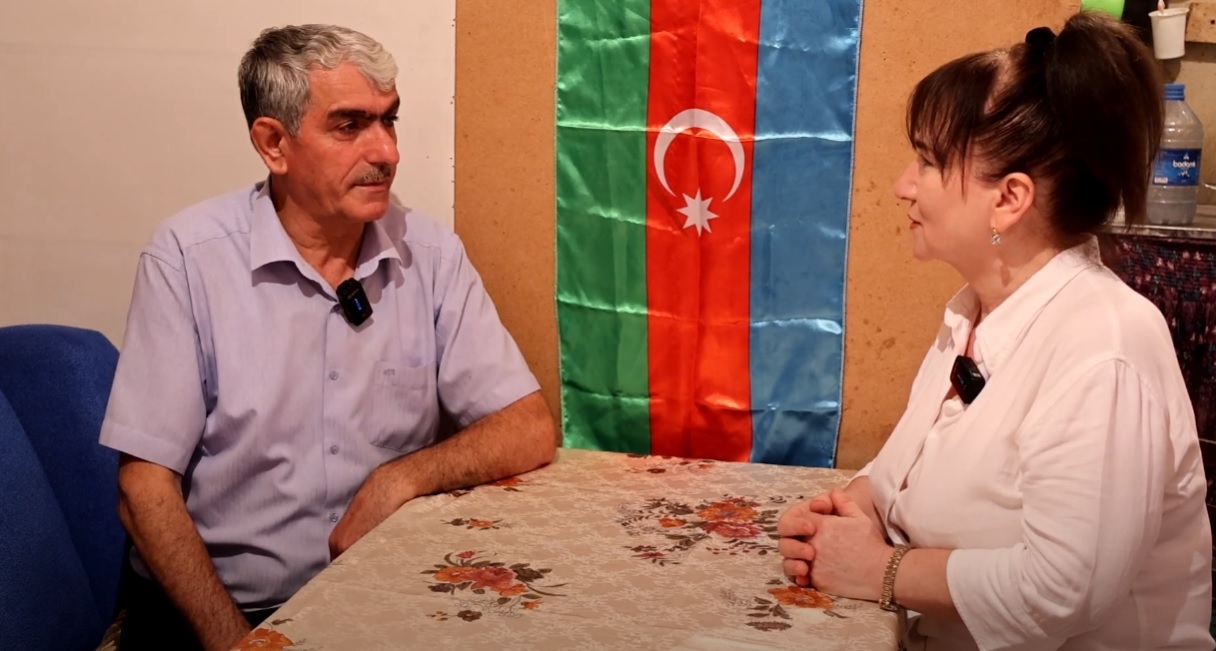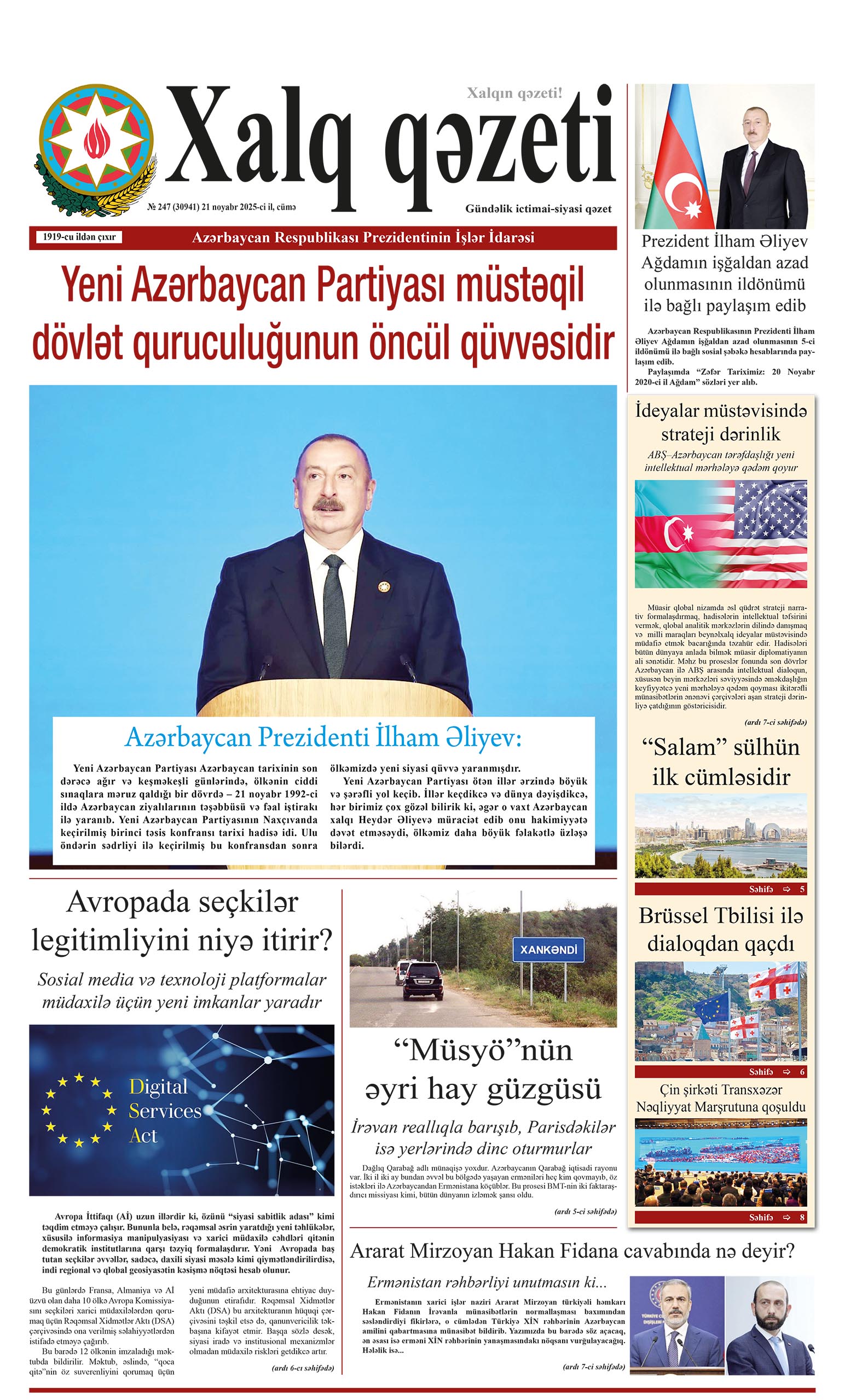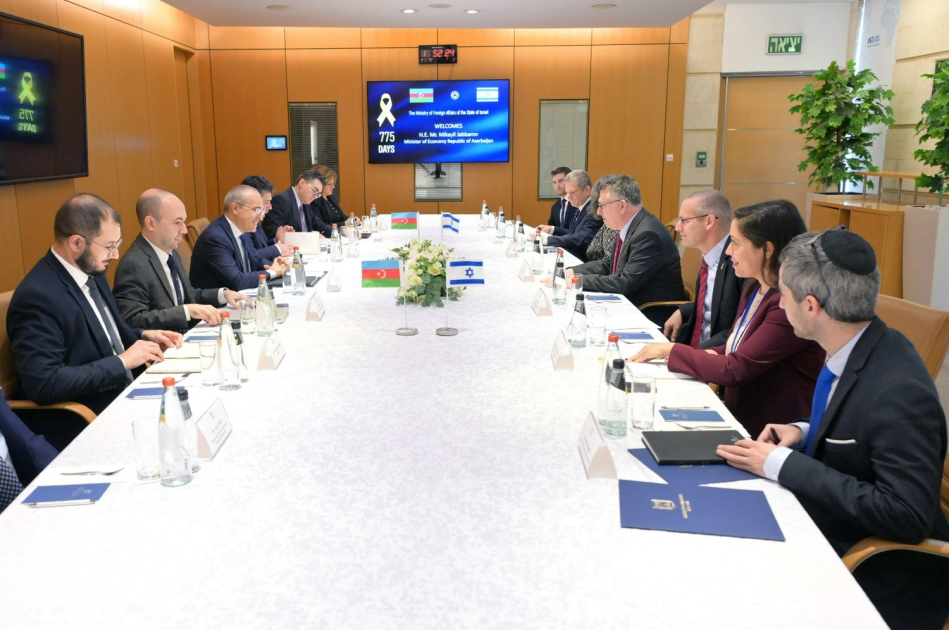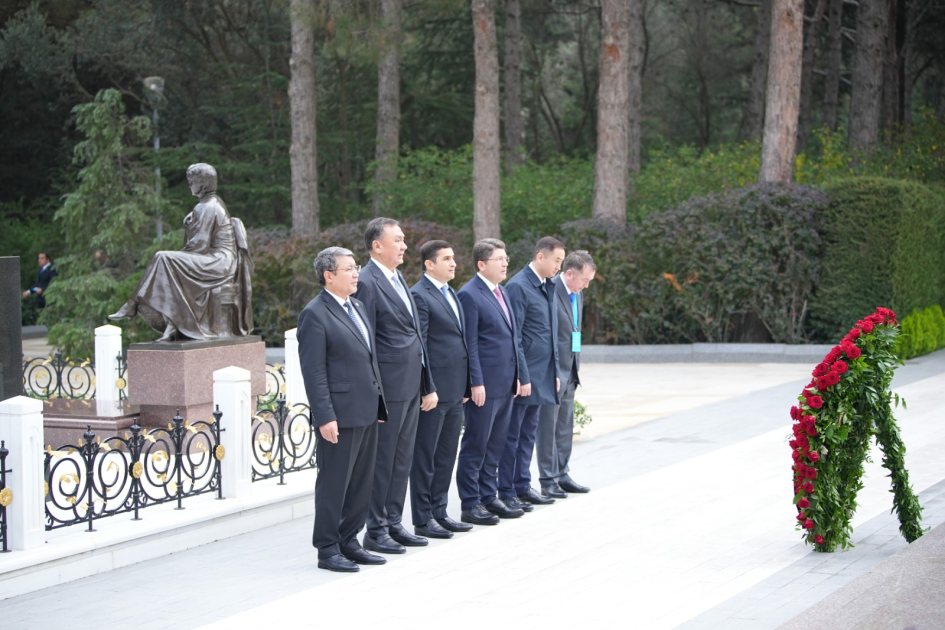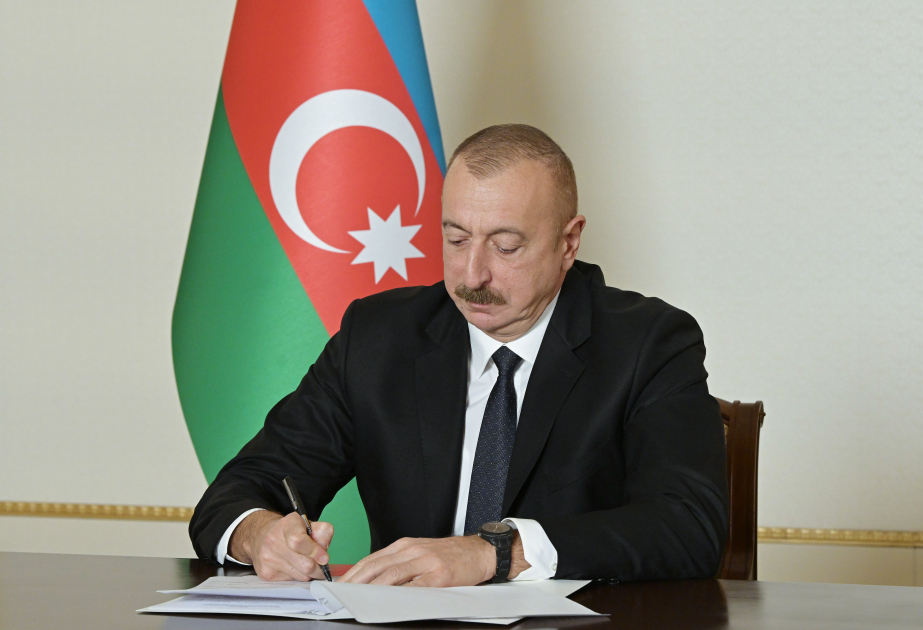The Center of Analysis of International Relations (AIR Center), in cooperation with GLOBSEC, organized a panel discussion in Prague titled “The Middle Corridor: A New Geopolitical and Economic Lifeline?”
According to AZERTAC, the panel was moderated by TV host and journalist Chris Burns and featured the following participants: Assistant to the President of the Republic of Azerbaijan and Head of the Department for Foreign Policy Affairs of the Presidential Administration Hikmet Hajiyev; Eleonora Tafuro Ambrosetti, Senior Research Fellow at the Russia, Caucasus and Central Asia Center of the Italian Institute for International Political Studies (ISPI); and Professor Hüseyin Bağcı from the Middle East Technical University.
In his remarks, Hikmet Hajiyev presented Azerbaijan’s vision for the Middle Corridor, highlighting its geopolitical significance and its potential to enhance broader regional integration.
He emphasized that Azerbaijan, by upgrading its land, air, sea, and digital infrastructure, has transformed from a landlocked country into a connected transportation hub, benefiting the entire Eurasian region.
Addressing questions regarding Armenia’s “Crossroads of Peace” initiative, Hikmet Hajiyev described the approach as “delayed and incomplete”:
“While Azerbaijan’s territories were under occupation, we always stressed the importance of establishing connectivity as part of the conflict resolution process. Now, the conflict has been resolved. One crucial point I must emphasize is that security and stability are key components of the East-West Corridor. This reflects the Republic of Azerbaijan’s achievement in ensuring full security and stability in the region. Armenia can be part of regional discourse and transport connectivity. We are not interested in exclusion or isolation in the region. However, we also have certain expectations from Armenia. Armenia kept Nakhchivan under blockade for 30 years. Now, we expect Armenia to take the first essential step by making progress on the Zangazur Corridor. Regarding connections that pass through Armenian territory, I want to stress that Armenia must prove their economic efficiency. Azerbaijan has already built its own connectivity. Now it is Armenia’s turn to demonstrate the economic viability of routes crossing its territory. It is encouraging that we are working with Armenia through bilateral channels on a peace agreement, border delimitation, and other issues. The text of the peace treaty has been agreed upon. There are still outstanding issues, but work is ongoing in this direction.”
Hikmet Hajiyev also addressed Azerbaijan’s “3+3” regional cooperation initiative, once again emphasizing the country’s commitment to lasting peace:
“The peace treaty was drafted in Baku. The core principles of the treaty were developed in Baku. Azerbaijan has taken important steps to ensure peace and stability in the region. We are now working on a peace agenda. Most importantly, a new status quo has emerged in the South Caucasus - one based on international law and legitimacy. The previous status quo was based on the fact of occupation.”
Other panelists also shared their views on the geopolitical and geoeconomic significance of the Middle Corridor.
GLOBSEC 2025 is an annual forum that brings together Europe's leaders in foreign policy and security, heads of state, entrepreneurs, and representatives from international organizations, think tanks, and academic circles.
Ayten Abbasli
Special Correspondent


